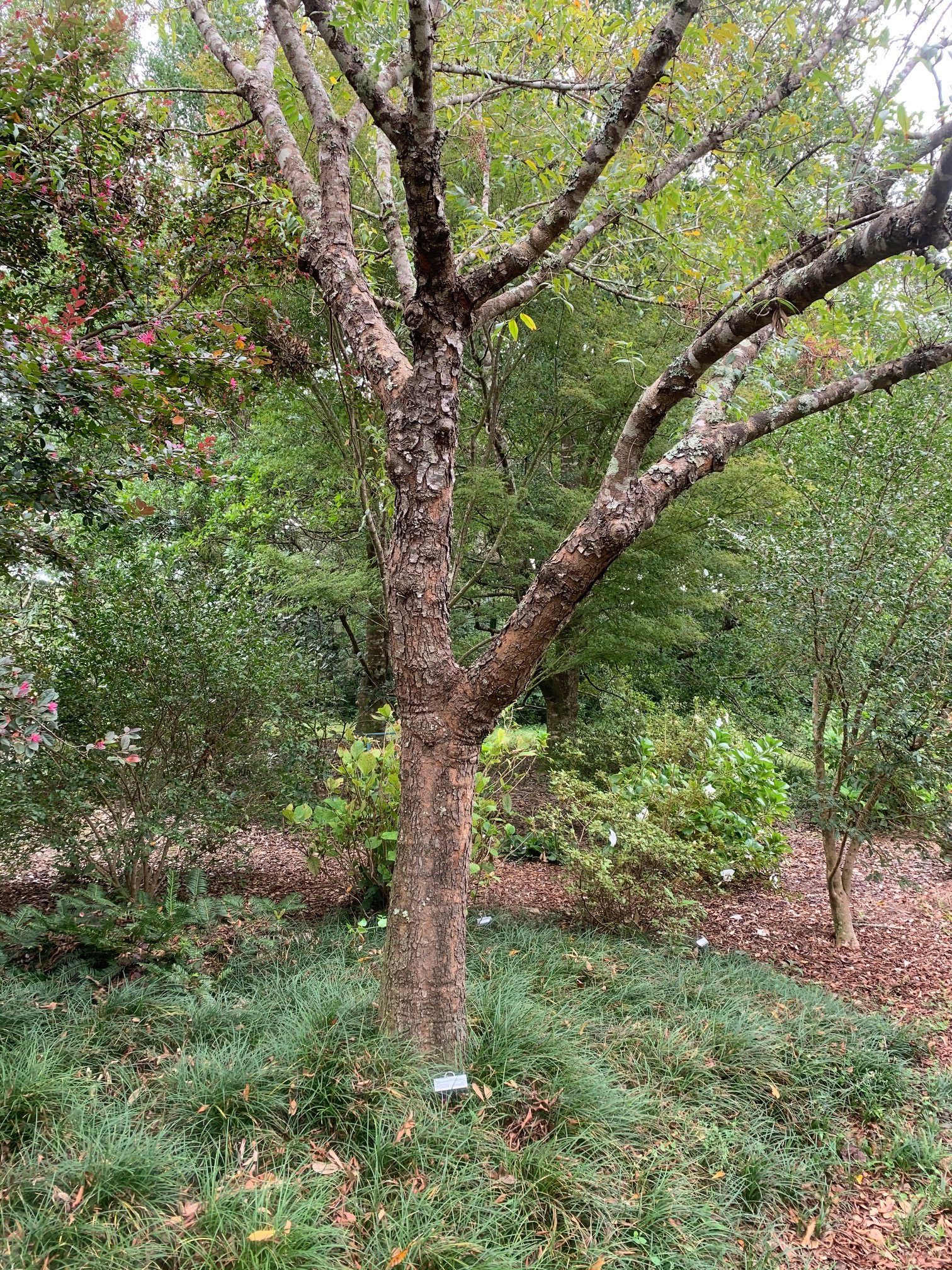
Try Chinese Pistache for a Small Tree Selection Gardening in the
Chinese Pistache Tree Pros and Cons When deciding if a Chinese Pistache tree is right for you, it is important to consider both the pros and cons. This way, you can make an informed decision that takes your specific needs and situation into account. Some of the potential benefits of planting a Chinese Pistache tree include: Pros Fiery Foliage
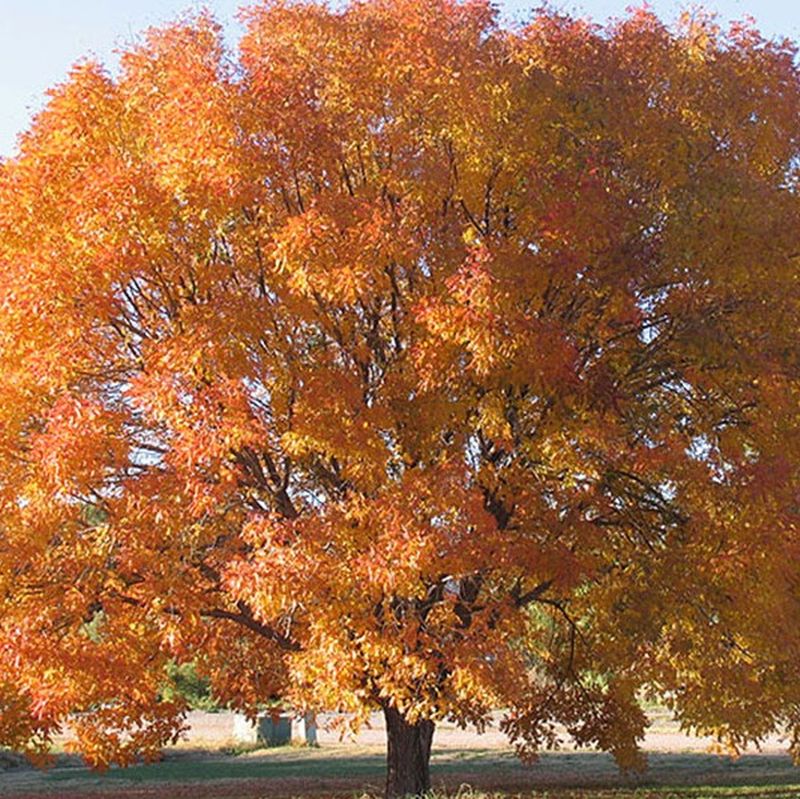
Chinese Pistache Tree Star Nursery Garden and Rock Centers
July 7, 2022 by Admin The Pistacia Chinensis tree, also known as the Chinese Pistache, is a deciduous tree native to China. It is part of the cashew family Anacardiaceae and is characterized by its dioecious nature. The leaves are pinnately compound and the flowers are red with showy petals that bloom in spring.

Chinese Pistache Trees Garden View Landscape, Nursery & Pools
While there are many pros to planting a Chinese pistache tree, there are also some cons to consider. For example, these trees are susceptible to root rot and verticillium wilt, which can be a problem in areas with wet soil. They are also intolerant to cold weather, so they may not be the best choice for homeowners in colder climates.

Chinese Pistache Tree — PlantingTree
7 Pros And Cons Of Chinese Pistache Tree By HaiLong Nov 30, 2023 7 Mins Read The Chinese Pistache tree is a remarkable plant that can transform any landscape with its stunning fall colors. It may not look like much when it's young, but as it grows, the tree develops a graceful shape and a brilliant canopy of red, orange, and yellow leaves.

Backyard Gardener Consider Planting Chinese Pistache Trees
Chinese pistache is a deciduous tree with arching, pinnate leaves that will remind you of a hickory, pecan, or black locust tree but at a much more manageable size. The roots are well-behaved, making it a safe choice near blacktop and concrete.
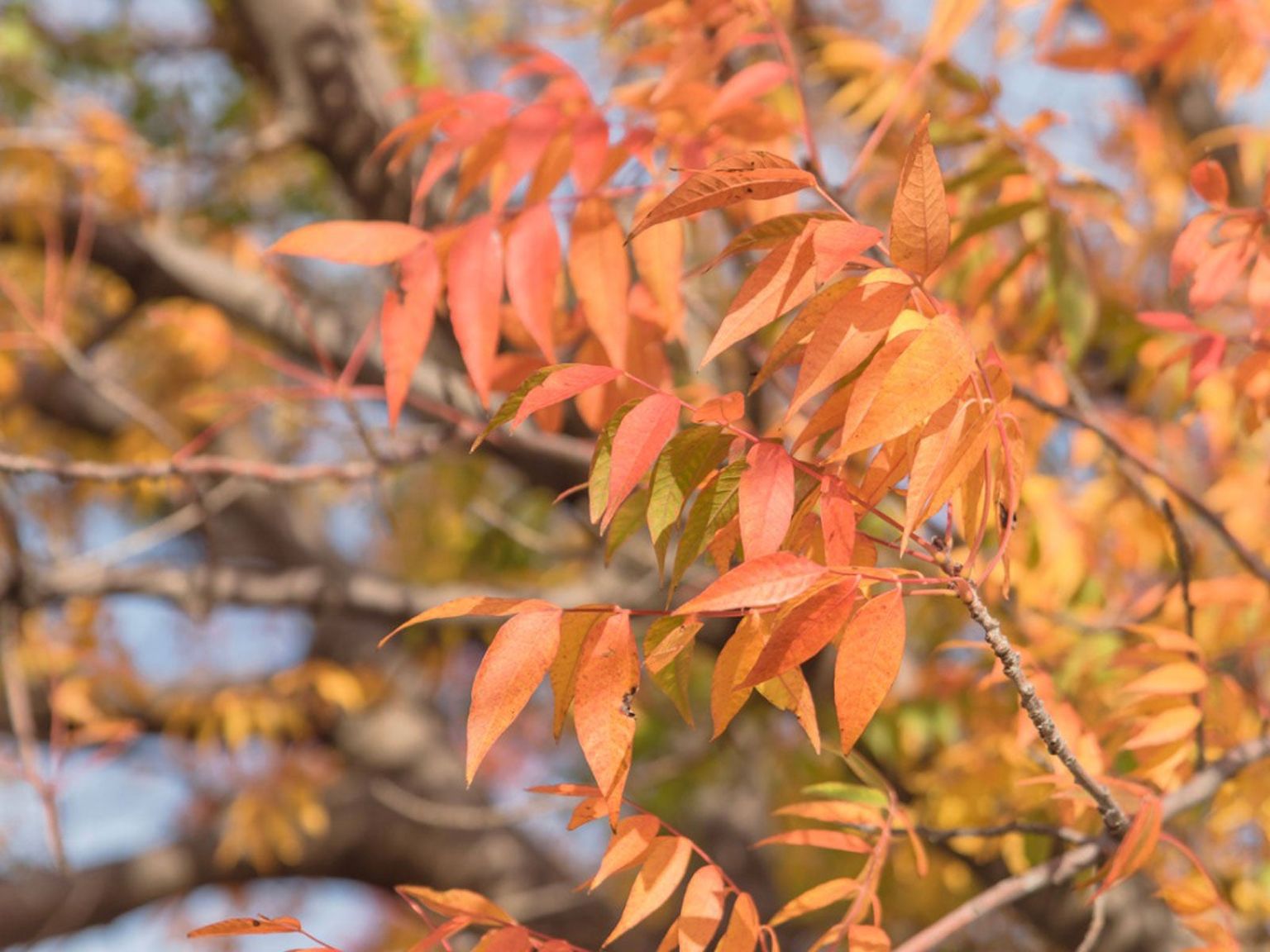
Chinese Pistache Uses Care Of Chinese Pistache Trees In The Landscape
Description Tough as nails, drought tolerant, easy to transplant, and pest free are all terms used to describe the Chinese pistache. This beautiful, medium-sized tree is perfect for both the home landscape and the urban environment. This tree is a member of the Anacardiaceae or cashew family.
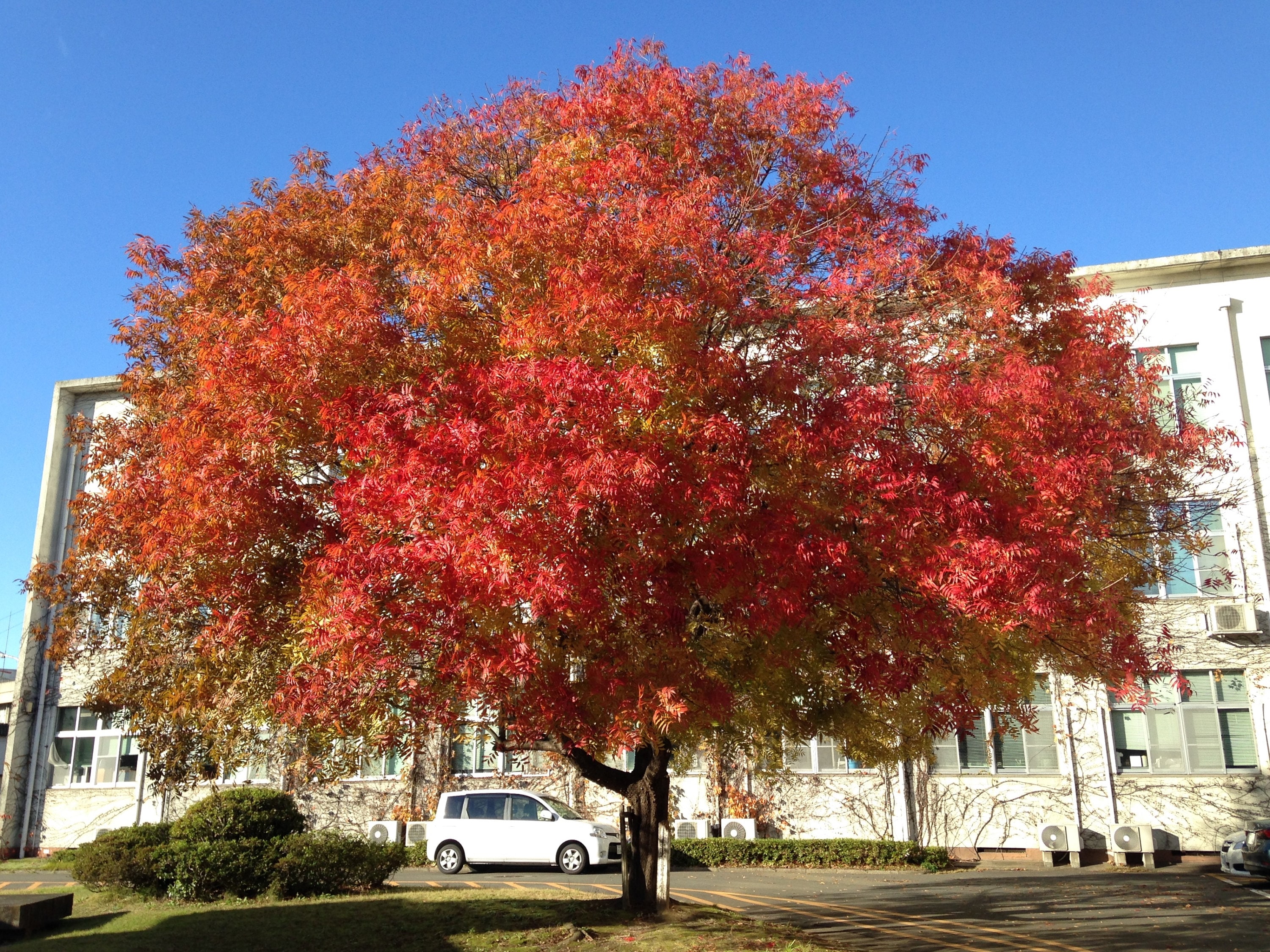
Chinese Pistache Pistacia chinensis Tree 10 Seeds Etsy
Discover the Chinese Pistache Tree Pros and Cons to make an informed decision for your landscape. Ideal for U.S. climates, with vivid fall colors.

Plants for Dallas Your Source for the Best Landscape Plant
The Chinese pistache is a fragrant tree that provides an excellent source of shade and has been around for centuries. These majestic trees are well known for their beautiful fall colors, blooming in red, gold, green, and brown hues as the tree goes through the seasons before its leaves fall off.

Beautiful Chinese Pistache Trees In The Yard Shade trees, Deciduous
What Are The Pros Of A Chinese Pistache Tree? With its brilliant leaves, hearty root system, and widespread canopy, the Chinese pistache tree is a popular addition to backyards, parks, and gardens. Longevity The Chinese pistache tree can easily live to be 150 years old. Because they are so easy to care for, this tree could outlive you.
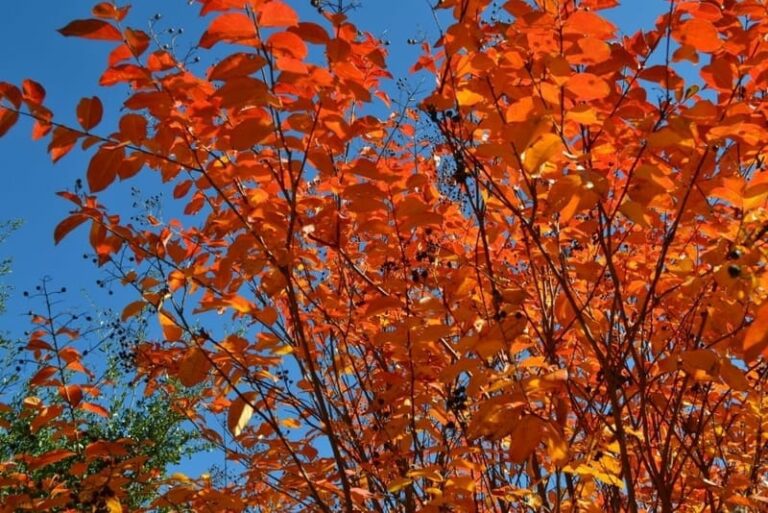
Chinese Pistache Tree Pros And Cons Your Lawn Fairy
Water the tree in well and spread a 2- to 3-inch (5-7.5 cm.) layer of mulch around the base, away from the trunk to discourage fungal disease, rodents and insects. Although Chinese pistache trees are fairly disease and pest resistant, they are susceptible to verticillium wilt. Avoid planting them in any area that has had previous contamination.

Chinese Pistache Trees Southwest Landscape Guzman's Garden Centers
Pros: 1. Ornamental Value: Chinese pistache trees are highly valued for their ornamental beauty. They have a graceful, spreading canopy with attractive compound leaves that turn brilliant shades of red, orange, and yellow in the fall. This makes them an excellent choice for adding visual interest and vibrant autumn colors to landscapes. 2.

The Chinese Pistache Tree (Pistacia chinensis) provides good fall color
Family: Anacardiaceae Genus: Pistacia Leaf: Dark green, compound leaf with 10 - 12 inch leaflets that release a pleasant scent when pressed Bark: The outer bark, a grayish brown, peels easily to expose a reddish interior Seed: Inedible Blossoms: The green flowers bloom in April and May Fruit: A small red drupe that turns blue when ripe

Chinese Pistache Uses Care Of Chinese Pistache Trees In The Landscape
The Chinese Pistache tree is a well-liked ornamental shade tree that is indigenous to the Philippine Islands, Taiwan, and China. In addition to being a superb shade tree with a large canopy, it is well-known for its aesthetic value, tolerance to a wide range of climates, and appealing dark green leaves throughout the growth season.

Chinese Pistachio Tree Leaf
In Short Chinese Pistache Tree Pros And Cons Pros Ornamental Beauty Drought Tolerance Low Maintenance Wildlife Attraction Soil Improvement Cons Messy Fruit Production Invasive Potential Allergenic Potential Size And Space Requirements Limited Use For Edible Purposes You may be interested in 20 Unbiased Pros And Cons Of Redbud Trees 2023
:max_bytes(150000):strip_icc()/GettyImages-1187802104-5cacaa14c06847e79df28064b3e8aab9.jpg)
How to Grow and Care for Chinese Pistache
A younger Chinese pistache tree (Pistacia chinensis) during the growing season withour fall color (Photo by John Ruter, University of Georgia, Bugwood.org). Chinese pistache tree (Pistacia chinensis) showing leaves in fall color (Photo by John Ruter, University of Georgia, Bugwood.org). Additional Resources

Chinese Pistache Trees Southwest Landscape Guzman's Greenhouse
The Basics of Chinese Pistache Trees in North Texas. The Chinese Pistache Tree is a deciduous tree that can grow up to 40 feet tall and wide. These trees are known for their beautiful fall foliage, which ranges in color from yellow to orange to red. The Chinese Pistache Tree is also drought-tolerant, making it an excellent choice for North.